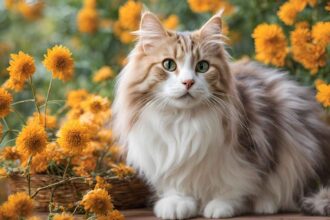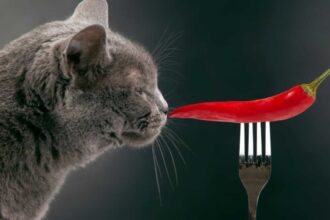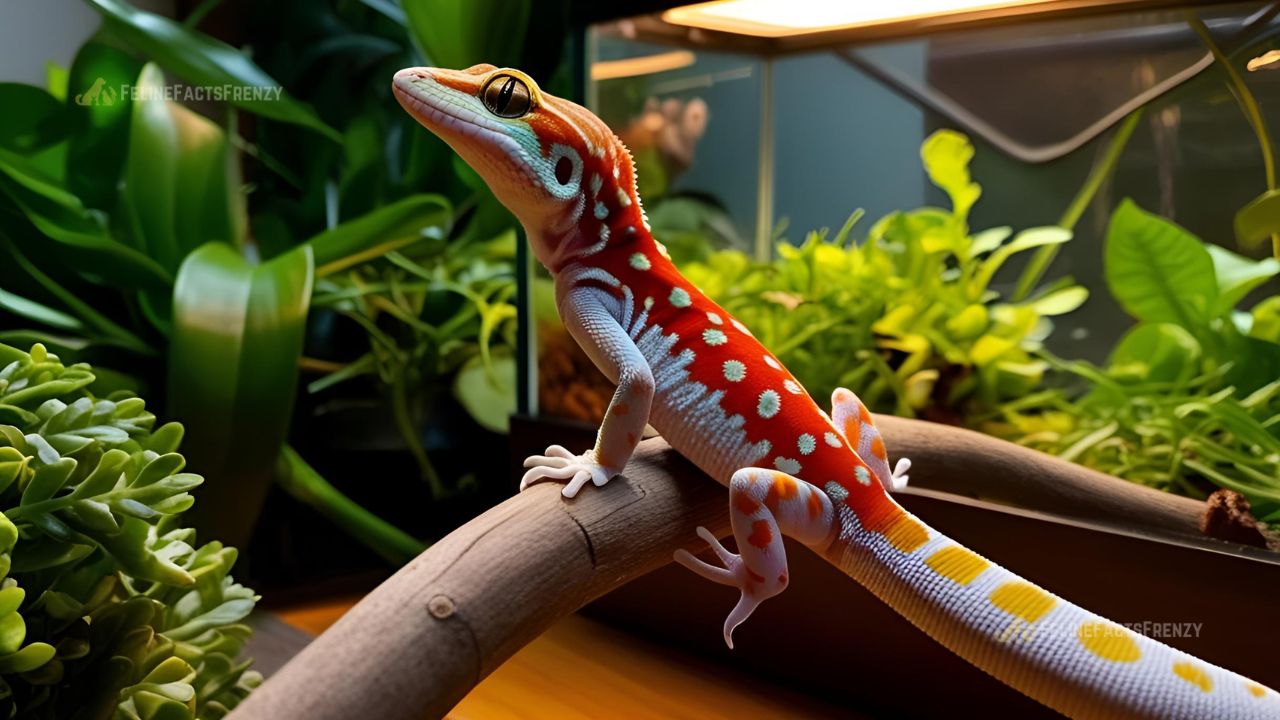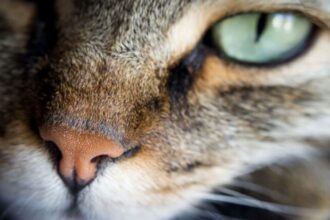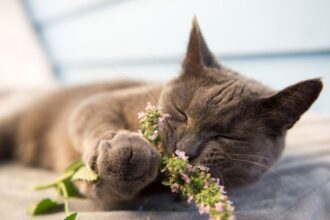Reptiles have become popular pets for many households around the world. Their unique looks and interesting behaviors make them fun and fascinating companions. Whether you are a first-time pet owner or looking to add a new member to your family, reptiles offer a different kind of pet experience. This article explores some of the best reptiles that can be kept as pets, explains their care needs, and provides useful tips for keeping them happy and healthy.
Why Choose Reptiles as Pets?
Reptiles are known for their calm nature and low maintenance compared to some other pets. They have distinct characteristics that appeal to many people:
-
Unique Appearance: Reptiles come in various shapes, sizes, and colors. Their scales, patterns, and movements create a visual treat.
-
Low Noise: Unlike many mammals or birds, reptiles are quiet. They do not bark or chirp, making them a great choice for those who prefer a peaceful home environment.
-
Fascinating Behaviors: Watching a reptile hunt, basking in the sun, or exploring its environment can be both calming and intriguing.
-
Space Requirements: Many reptiles require smaller living spaces than dogs or cats, making them perfect for apartment living or smaller homes.
If you are considering pets that are reptiles, it is important to learn about their specific care needs to ensure a safe and comfortable life for your new companion.
Key Considerations Before Getting a Reptile
Before deciding on which reptile to bring home, consider the following factors:
1. Research and Knowledge
Understanding the natural habitat, diet, and behaviors of the reptile you choose is crucial. Each species has its own requirements. Read books, browse reputable websites, and join reptile care groups.
2. Enclosure and Habitat
Your reptile’s home should mimic its natural environment as closely as possible. This includes providing the right temperature, humidity, lighting, and space. A well-set-up terrarium or enclosure is essential for the reptile’s health and well-being.
3. Diet and Nutrition
Reptiles have different dietary needs. Some are carnivores, while others are herbivores or omnivores. Research the correct food items, feeding frequency, and portion sizes. Fresh water should always be available.
4. Handling and Temperament
While some reptiles are comfortable with gentle handling, others may prefer minimal interaction. Consider the temperament of the reptile and learn safe handling practices. This ensures that both you and your pet remain stress-free.
5. Long-Term Commitment
Reptiles can live many years. Ensure you are prepared for a long-term commitment that includes regular care, cleaning, and vet visits. Your lifestyle and work schedule should allow you to meet the pet’s needs.
Considering these considerations, you can choose a reptile that fits your lifestyle and home environment.
Fun Reptiles That Make Great Pets
Here, we explore several popular reptiles for their fun and engaging qualities. These reptiles are visually appealing and have personalities that make them enjoyable companions.
1. Bearded Dragons
Overview:
Bearded dragons are one of the most popular reptiles kept as pets. Native to Australia, these lizards are friendly and tolerant of handling. Their calm demeanor and curious nature have made them a favorite among pet enthusiasts.
Care Tips:
-
Enclosure: A spacious terrarium with a basking area is essential. Provide UVB lighting and a heat lamp to simulate natural sunlight.
-
Diet: They are omnivorous, eating a mix of insects, vegetables, and fruits. Offer a variety of foods to maintain balanced nutrition.
-
Behavior: Bearded dragons are known for their gentle nature. They can recognize their owners and enjoy interactive play.
Why They Are Fun:
Their expressive faces and quirky behaviors, such as bobbing their heads or puffing up their beards, make them highly entertaining to watch. They adapt well to captivity and thrive in a well-maintained environment.
2. Leopard Geckos
Overview:
Leopard geckos are small, nocturnal reptiles native to the dry regions of Asia. Their patterned skin and ease of care make them popular for beginner reptile owners.
Care Tips:
-
Enclosure: A simple terrarium with a substrate that is safe for geckos is ideal. They need a warm area and a cooler area in their enclosure.
-
Diet: These geckos primarily eat insects like crickets and mealworms. Dusting the insects with a vitamin supplement is recommended.
-
Behavior: They are generally shy but can adapt to handling over time. Their nocturnal habits mean they are most active at night.
Why They Are Fun:
Leopard geckos have a calm yet intriguing presence. Their unique movements and hidden personality traits, such as their preference for burrowing under objects, fascinate pet owners endlessly.
3. Corn Snakes
Overview:
Corn snakes are popular among reptile enthusiasts due to their beautiful coloration and docile nature. Native to North America, these snakes are ideal for those who appreciate the elegance and simplicity of snake behavior.
Care Tips:
-
Enclosure: A secure terrarium with a hiding spot and proper heating is necessary. Corn snakes are escape artists, so ensure the enclosure is well-locked.
-
Diet: They primarily feed on rodents, such as mice. Feeding should be done with pre-killed prey to avoid injury.
-
Behavior: Corn snakes are generally calm and rarely bite. They can be handled gently and usually tolerate regular interaction.
Why They Are Fun:
Their smooth and graceful movements and ease of care make corn snakes a delightful pet. They are low-maintenance yet captivating, offering a glimpse into the natural world of snakes.
4. Red-Eared Slider Turtles
Overview:
Red-eared slider turtles are a common choice for families who want a reptile that is both interactive and visually appealing. These turtles are known for the distinctive red mark behind their ears and their friendly demeanor.
Care Tips:
-
Enclosure: They require an aquatic habitat with both water for swimming and a dry area for basking. A proper filtration system is a must.
-
Diet: Their diet includes commercial turtle food, fresh vegetables, and occasional live prey. A balanced diet helps maintain their shell and overall health.
-
Behavior: Turtles are naturally curious. While they do not enjoy handling as much as lizards, they respond well to a calm environment and regular feeding times.
Why They Are Fun:
Red-eared sliders are active swimmers and can be entertaining to watch in an aquatic setup. Their slow and deliberate movements create a soothing presence in the home, making them a pleasant addition to any family.
5. Ball Pythons
Overview:
Ball pythons are small, manageable snakes that are popular due to their friendly temperament and striking patterns. They are a great option for those who are new to keeping snakes.
Care Tips:
-
Enclosure: A secure enclosure with a temperature gradient is essential. A hide box should be provided to give the snake a sense of security.
-
Diet: They feed on rodents, and feeding schedules should be maintained to avoid obesity.
-
Behavior: Ball pythons are known for their calm and shy nature. When stressed, they typically coil into a ball, which is a natural defense mechanism.
Why They Are Fun:
Their gentle behavior and manageable size make them ideal for small living spaces. Observing their slow, deliberate movements and the way they explore their surroundings is both calming and fascinating.
Creating a Healthy Environment for Your Reptile
For any pet reptile, a well-maintained environment is key to its health and longevity. Here are some important tips to create a safe and stimulating habitat:
Proper Heating and Lighting
Many reptiles require a specific temperature range and lighting conditions to thrive. UVB lighting is important for species like bearded dragons and leopard geckos to help them process calcium and maintain strong bones. A heating lamp or ceramic heater is often needed to create a basking spot miming natural sunlight.
Suitable Enclosures
The size and design of your reptile’s enclosure should reflect its natural habitat. Consider the following:
-
Space: The enclosure should be large enough to allow free movement.
-
Hiding Spots: Include rocks, logs, or artificial caves to give your pet a sense of security.
-
Substrate: Depending on the species, use a safe and appropriate substrate material such as reptile carpet, tiles, or aspen bedding.
Regular Cleaning and Maintenance
Keeping your reptile’s home clean is essential to prevent the spread of bacteria and parasites. Clean the enclosure regularly, change the water, and sanitize any decorations or equipment. A clean habitat protects your pet’s health and makes your home environment more pleasant.
Feeding Your Reptile: A Simple Guide
The diet of a reptile varies significantly between species. Here’s a general guide to help you understand the nutritional needs of your reptile pet:
Insectivores
Species like leopard geckos and bearded dragons thrive on a diet rich in insects. Common options include crickets, mealworms, and roaches. Dusting insects with a vitamin and mineral supplement can help meet their nutritional needs.
Carnivores
Snakes, including corn snakes and ball pythons, require a diet of small mammals such as mice or rats. Ensure that the prey is appropriately sized to avoid any injuries during feeding. Pre-killed prey is often recommended to reduce the risk of harm.
Omnivores
Some reptiles, like bearded dragons, have an omnivorous diet. They enjoy a mix of insects, fruits, and vegetables. Offer a variety of foods to ensure a balanced intake of vitamins and minerals.
Aquatic Diets
For aquatic reptiles like red-eared slider turtles, a mixed diet of commercial turtle pellets, leafy greens, and occasional live prey helps maintain health. Fresh water should always be available and changed frequently.
Providing the right food and following a regular feeding schedule is crucial. Adjust the diet as your reptile grows, and consult with a veterinarian who specializes in reptiles if you have any concerns.
Handling and Bonding With Your Reptile
Even though many reptiles are not as interactive as cats or dogs, handling and regular interaction can help build trust and reduce stress. Here are some tips for bonding with your reptile:
Gentle Handling
Always handle your reptile with care. When picking it up, support its body fully. Avoid sudden movements that might startle it. Over time, many reptiles can become accustomed to gentle handling.
Creating a Routine
Establish a daily or weekly routine for feeding, cleaning, and minimal handling. A consistent routine helps your pet feel secure in its environment.
Observing Behavior
Spend time observing your reptile. Notice its patterns, such as basking habits or feeding responses. This will enhance your bond and help you monitor its health and happiness.
Educating Yourself
Learn as much as you can about your reptile’s natural behavior. Understanding what is normal and what is not can help you provide the best care possible.
Tips for First-Time Reptile Owners
If you are new to keeping reptiles as pets, follow these simple steps to ensure a smooth start:
-
Start with an Easy Species: Choose a reptile known for its tolerance and easy care, such as a leopard gecko or bearded dragon.
-
Invest in a Good Habitat: Spend time creating the best possible enclosure. Quality lighting, heating, and accessories can make a big difference.
-
Join Reptile Communities: Online forums and local clubs can offer support and valuable advice from experienced reptile keepers.
-
Schedule Regular Vet Visits: Find a veterinarian who specializes in reptiles. Regular check-ups can catch potential health issues early.
-
Be Patient: Reptiles can be shy and may take time to adapt to new surroundings and handling. Allow your pet to adjust at its own pace.
The Benefits of Owning Reptile Pets
Owning reptile pets comes with many benefits. They are low-noise, generally low-maintenance, and provide a unique experience for pet owners. In addition, reptile care can be an educational experience that teaches responsibility and respect for nature. Whether it’s the calm presence of a ball python or the active energy of a bearded dragon, reptiles can add a special charm to your home.
Moreover, reptile care often involves setting up and maintaining a mini ecosystem, which can be both a fun and fulfilling hobby. For those interested in biology or nature, keeping reptiles as pets offers a hands-on experience with wildlife and learning about different species and their roles in the natural world.
Maintaining the Health and Happiness of Your Reptile
The long-term health of your reptile depends on your ongoing commitment to proper care. Here are additional tips to ensure your pet thrives:
-
Temperature Monitoring: Use thermometers and humidity gauges to monitor your reptile’s environment and adjust heating elements as needed.
-
Regular Diet Checks: Monitor your pet’s weight and appetite. Changes can indicate health problems.
-
Clean Water: Clean water is vital for aquatic and semi-aquatic reptiles. To avoid contamination, replace the water daily.
-
Environmental Enrichment: Rotate decorations and add new elements to the enclosure occasionally. This can stimulate your reptile mentally and physically.
-
Know the Signs of Illness: Learn the early signs of common reptile illnesses. If you notice lethargy, loss of appetite, or abnormal behavior, consult your veterinarian immediately.
By staying proactive about your reptile’s environment and health, you can enjoy many years of companionship with your unique pet.
Conclusion
Reptiles can be exciting and rewarding pets for many individuals and families. From the lively bearded dragon to the serene ball python, each reptile offers its own personality and charm. With proper research, commitment, and care, keeping a reptile as a pet can be a deeply fulfilling experience.
This article has explored several fun reptiles that are popular choices among pet owners. It has also provided essential care tips, considerations for first-time reptile owners, and advice on creating the ideal habitat for your pet. Whether you choose a leopard gecko, corn snake, red-eared slider turtle, or another species, understanding and meeting your pet’s needs will help ensure a happy, healthy life together.
For anyone looking to dive into the world of reptiles, remember that patience and consistency are key. With the right environment and care, your reptile will be a pet and a captivating part of your everyday life. Enjoy the journey of reptile keeping and the unique experiences that come with having these wonderful creatures as your companions.



